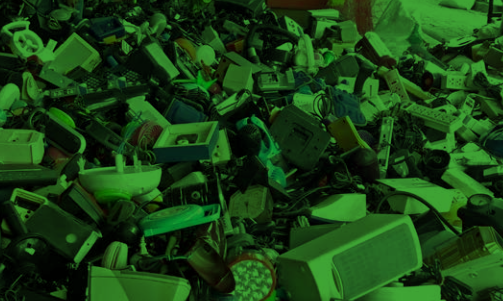Electronic Waste Day 2021:Wake up call for Kenya to build capacity

Electronic waste or E-waste describes discarded electrical or electronic devices or appliances that have ceased to be of any value to their owners. E-waste is considered one of the fastest growing wastes in the world, and yet also toxic and non-biodegradable. E-waste is growing at 3 times the rate of municipal waste worldwide.
In Kenya, the estimated volume of e-waste is not known, as there is very little statistics. As of 2017, the lowest amount of e-waste per inhabitant was generated in Africa at 1.9 kg/inh. The whole continent generated 2.2 million tonnes of e-waste.
The increased number of e-waste volume results from the increasing market penetration of electronics use in developing countries, and the increase in the replacement market due to technology advancement in developed countries. The East African region has also suffered from the importation of used or obsolete Electrical and Electronic Equipment (EEE) in the name of donations, as well as the prohibitive prices for acquisition of new EEE.
In January 2019, the draft National E-Waste Management Strategy was published and it aimed at addressing E-Waste management through policies, guidelines and standards. The strategy was to put in place E-Waste management infrastructure, appropriate mechanism for collection, transportation and disposal and facilitate the development of an up to date dismantling and recovery facility within the six economic zones in the country.
The National E-Waste Management Strategy was a five-year plan covering the period 2019/20 to 2023/24. However, its vision and aspiration spans a medium to long term period of about 10 years. It was to be used along with other strategic documents guiding priorities of EACO such as the e-waste model Policy for EACO member states and the EACO strategic plan.
Great intentions without commitment to implement
From the publishing of the draft Environmental Management and Coordination (E-Waste Management) Regulations, 2013, and the draft National E-Waste Management Strategy, one can see that there are plans to deal with e-waste, but the lack of implementation shows lack of commitment to the cause.
Private sector players in the beverage industry such as Coca Cola and EABL already have in place recycling systems that players in the technology sector should consider. Kenya does not have the capacity to handle some types of electronic recycling, however, there should be more effort from technology hardware manufacturers on e-waste recycling.

